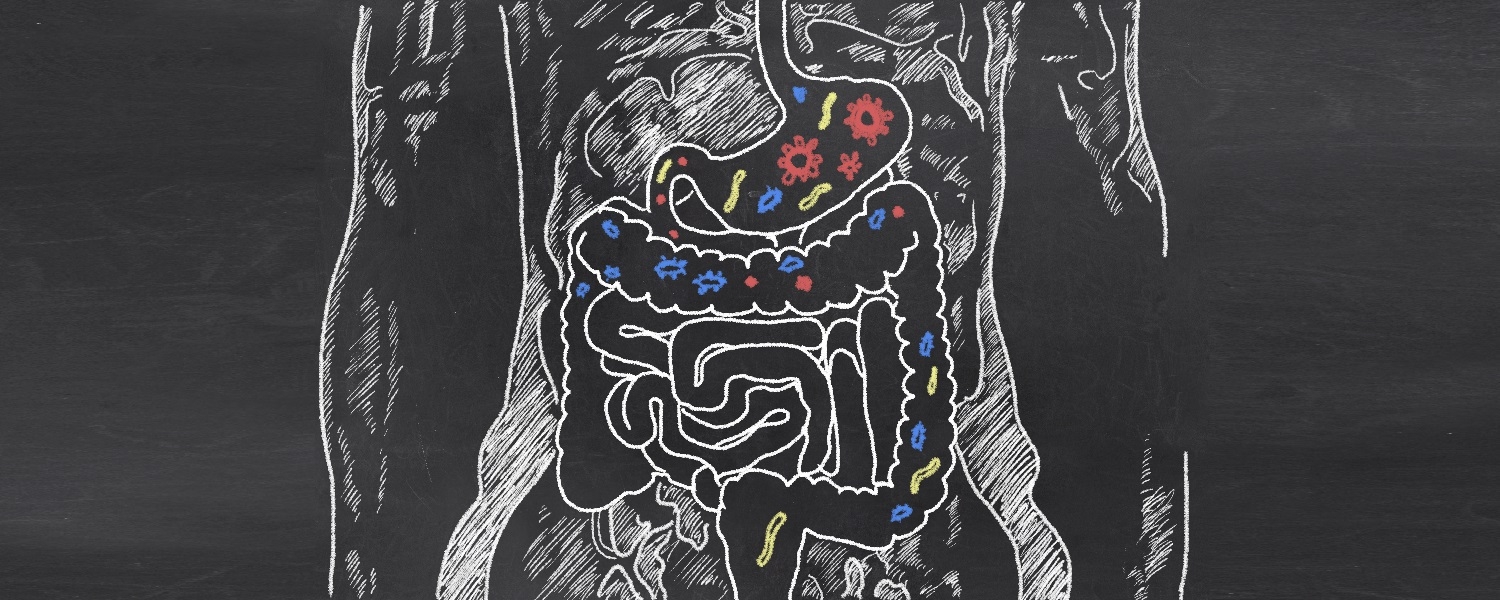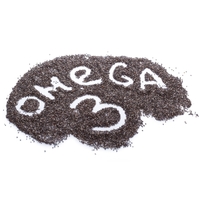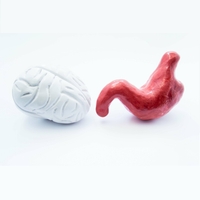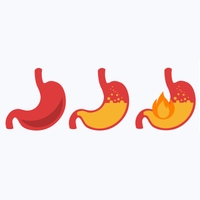
In a new study published in Cell, researchers identified 140,000 viral species living in the human gut, more than half of which have not been previously observed (1). The data provides opportunities for new research to expand our understanding of how viruses in the gut influence health and disease.
The human gut microbiome is a complex ecosystem comprising trillions of microorganisms. In addition to bacteria, a vast array of viruses inhabits the gut. More than 90% of these are bacteriophages (or phages) - viruses that infect and replicate in bacterial cells (2). Bacteriophages inject their genome into their host and alter bacteria function and composition through direct lysis of their hosts (lytic state) or by integrating with its genetic material (prophage state) (3). They play crucial roles in shaping microbial composition, driving bacterial diversity, and facilitating horizontal gene transfer ![]() (3,4). In addition, bacteriophages can interact directly with the human immune system and have both pro- and anti-inflammatory action (5,6). However, despite being highly abundant in the gut (>1010 per gram of faeces) (7,8) and having considerable impacts on gut bacteria composition and function, they remain one of the least understood members of the gut microbiome.
(3,4). In addition, bacteriophages can interact directly with the human immune system and have both pro- and anti-inflammatory action (5,6). However, despite being highly abundant in the gut (>1010 per gram of faeces) (7,8) and having considerable impacts on gut bacteria composition and function, they remain one of the least understood members of the gut microbiome.
Over the past decade, the advancement of high-throughput metagenomics ![]() has improved our ability to identify viral genes and uncover the diversity of bacteriophages residing in the human gut.
has improved our ability to identify viral genes and uncover the diversity of bacteriophages residing in the human gut.
Gut Phage Database
In the current study, 142,809 non-redundant gut phage genomes were obtained from examining a dataset of 28,060 globally distributed human gut metagenomes ![]() and 2,898 bacterial isolate genomes cultured from the human gut. These metagenomic datasets were sampled from 28 countries across the six major continents. The data were collated into a global database called the Gut Phage Database (1).
and 2,898 bacterial isolate genomes cultured from the human gut. These metagenomic datasets were sampled from 28 countries across the six major continents. The data were collated into a global database called the Gut Phage Database (1).
Viral diversity was highest in the Firmicutes phyla, and 36% of viral clusters were not restricted to a single bacterial species, indicating that specific bacteriophage can facilitate gene transfer between bacterial species.
Gut bacteriophages exhibit significant diversity between individuals (9). However, several longitudinal studies demonstrate that there is a core of shared bacteriophages within a population that can be used to distinguish between other geographically distinct groups (10,11). The current study identified 280 globally distributed viral clusters across five continents. The global variation in the observed gut phageomes ![]() was associated with human lifestyle (urban versus rural/hunter-gather), most likely mediated by differences in the host gut microbiome.
was associated with human lifestyle (urban versus rural/hunter-gather), most likely mediated by differences in the host gut microbiome.
Among the tens of thousands of viruses discovered, a new highly prevalent clade (a group of viruses believed to have a common ancestor) was identified. The clade, referred to as Gubaphage, infects several members of Bacteroidales. This new clade was found to be the second most prevalent virus clade in the human gut, after the crAssphage (Cross-Assembled phage), which was discovered in 2014, and is found in >50% of western human gut microbiomes (12,13). While both clades infect similar bacteria, further research is required to understand their functions within the human gut.
Clinical significance and application
Bacteriophages are clinically significant for several reasons. Bacteriophage-driven alterations of the gut microbiome have been linked to several disease states, including inflammatory bowel disease (IBD) (14,15,16), diabetes (17,18,19), malnutrition (20), and Parkinson’s disease (21).
Furthermore, bacteriophages are vectors for horizontal gene transfer ![]() , including those that can enhance virulence, antibacterial resistance, and toxin production (22). Examples include the cholera toxin in Vibrio cholerae (23), diphtheria toxin in Corynebacterium diphtheriae (24), botulinum neurotoxin in Clostridium botulinum (25), and Shiga toxin of Shigella species (26). Without their phage-encoded toxins, these bacterial species are either much less pathogenic or not pathogenic at all.
, including those that can enhance virulence, antibacterial resistance, and toxin production (22). Examples include the cholera toxin in Vibrio cholerae (23), diphtheria toxin in Corynebacterium diphtheriae (24), botulinum neurotoxin in Clostridium botulinum (25), and Shiga toxin of Shigella species (26). Without their phage-encoded toxins, these bacterial species are either much less pathogenic or not pathogenic at all.
Currently, bacteriophages are being investigated for several clinical applications, including faecal microbiota transplantation (FMT). In individuals with Clostridium difficile (CDI) infection, more favourable treatment outcomes were observed when more bacteriophage taxa were transferred from donor to recipient, suggesting they may play a role in treatment success (27).
A novel therapeutic intervention known as faecal virome transplantation (FVT) was recently developed, where only the viral component from FMT is transplanted. Several recent experimental studies have shown that FVT was effective for treating dysbiosis-related disorders, including diabetes (28) and small intestinal bacterial overgrowth (29). In a small clinical study, a sterilised faecal filtrate improved symptoms in patients with recurrent CDI for at least six months (30)
Another potential therapeutic application is the use of phage therapy to counteract the aggressive rise of antibiotic-resistant bacteria. Phage therapy utilises lytic bacteriophages for targeted elimination of a bacterial pathogen while leaving human cells intact and reducing the broader impact on commensal bacteria that often results from antibiotic use. Bacteriophages have been used to fight infectious diseases since the early 20th century; however, the arrival of antibiotics in the 1940s largely displaced their use (31). In the last decade, phage therapy has rapidly evolved and has resulted in cases of life-saving therapeutic use and multiple clinical trials for a range of antibiotic-resistant bacteria including, Pseudomonas aeruginosa, Staphyloccocus aureus and Escherichia coli (31,32,33).
Conclusions
There are significant gaps in our understanding of bacteriophage-host interactions in the gut. However, recent data demonstrating the diversity of gut bacteriophages opens up new opportunities for future research into the actual significance of these viruses. Such studies hold the promise of yielding insights into the complex interactions between human physiology and bacteriophages and provide the basis for devising new therapeutic strategies for improving human health.




